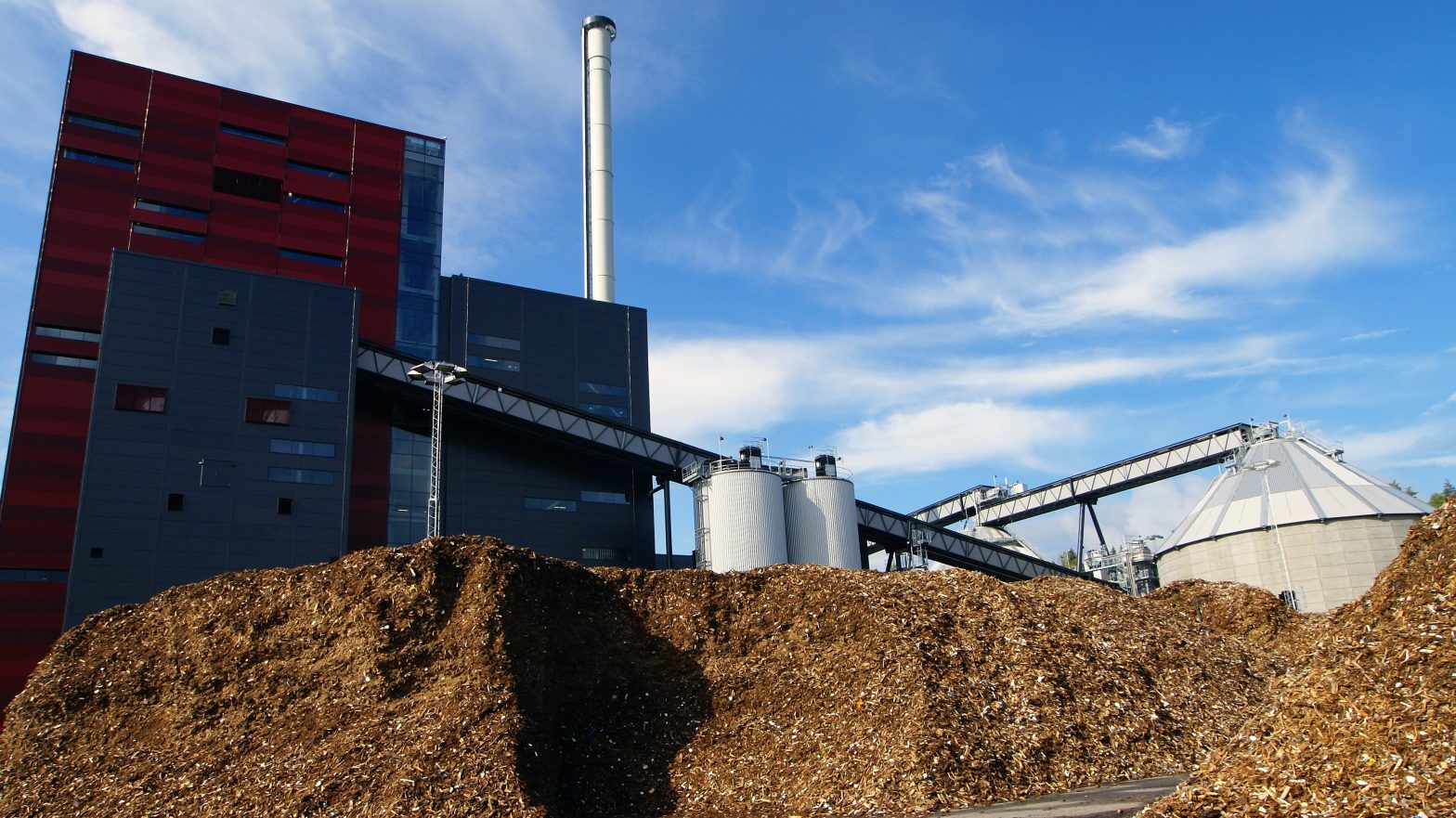The Clean Air Programme was established to bring about measures that will help improve air quality. According to the framework, there are measures that should be taken at the regional level and others at the national level.
The Role of Bioenergy
Bioenergy has emerged as a solution to the soring fossil fuel prices and the increased degradation of our planet by these fuels.
Bioenergy helps limit the carbon footprint while producing clean fuel for electricity, lighting, and cooking. Production of bioenergy plays a major role in reducing methane and other air pollutants.
In rural communities that still rely on burning wood for the production of energy, the adoption of bioenergy can help cut down on both ambient and indoor air pollution.
Nevertheless, it is essential to note that bioenergy installations also have emissions. It is essential to limit them so that they don’t water down the very efforts of quality air.

At the regional level, the objectives that have been set to aid in limiting emissions from bioenergy emissions include:
- Ecodesign directives are used to regulate small-scale installations.
- The Medium Combustion Plant Directive is responsible for regulating sulfur (IV) Oxide and dust emissions into the air so as to reduce the emission of these pollutants into the air and thus prevent their health-associated risks. In addition to this, it lays down the protocol for the control of carbon monoxide emissions.
- The Industrial Emission Directive is responsible for regulating specific pollutant emissions released by combustion plants. It sets provisions for emissions that are either equal to or greater than 50 MW. This applies to all types of fuels. However, limit values are based on the Best Available Techniques which can be found in the relevant documents.
Our Position
The easiest way for the region’s clean air objectives to be met is for member states to implement the existing regulations fully. The bioenergy sector will provide a valuable contribution to these efforts because it aims to use efficient and renewable technologies that comply with the set legislation.
It is advisable that member states be given incentives so that they are more willing to replace traditional inefficient bioenergy installations with modern efficient systems.
